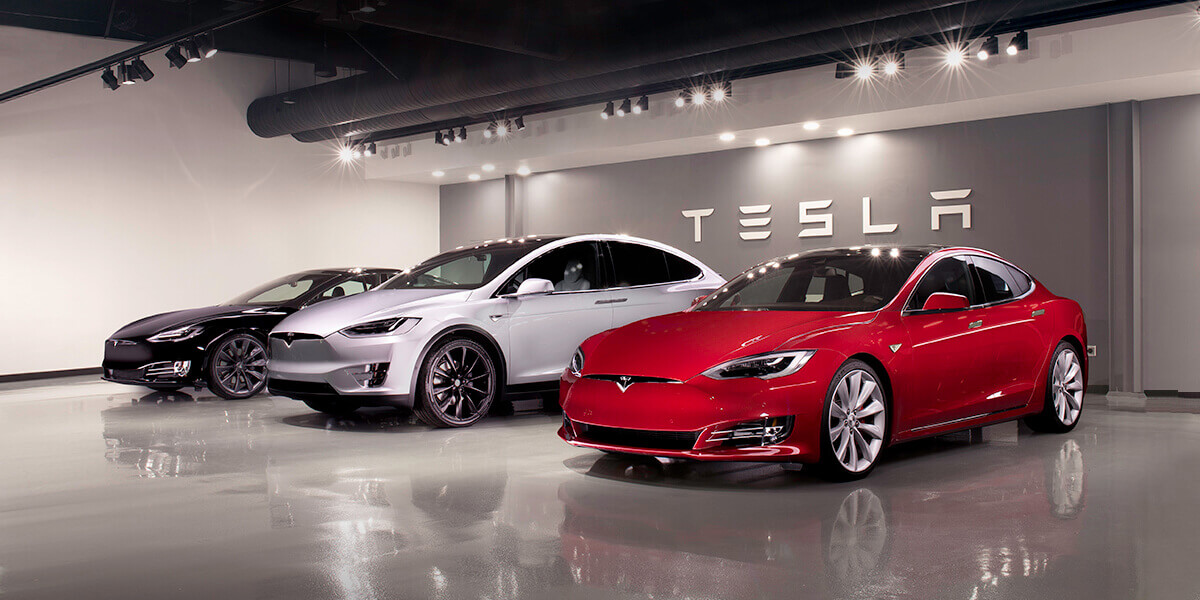Germany Electric Car Sales 2018
Global EV Sales for 2018 – Final Resultsby Roland Irle, EV-volumes.comGlobal plug-in vehicle deliveries reached 2,1 million units for 2018, 64% higher than for 2017. These include all BEV and PHEV passenger cars sales, light trucks in USA/Canada and light commercial vehicle in Europe and China.

Their share in the global light vehicle market was as high as 3,8% in December and 2,2% for 2018 in total. 69% of sales were all-electric (BEV) and 31% were plug-in hybrids (PHEV).
All-electric vehicles have gained 3% share in the mix since 2017, driven by growth in China, the arrival of the Tesla Model-3 and losses for PHEVs in Europe when the new fuel economy test procedure WLTP became effective in September.The, by far, largest growth contributor was China, where sales increased by over 500 000 units to 1,2 million in 2018. China stood for 56% of all plug-in sales. Europe growth was more moderate at 34%, held back by tight inventories, long waiting lists for popular BEVs and the run-out of high-selling PHEVs. Plug-in sales in USA increased by 79% and the long awaited Tesla Model-3 contributed with 138 000 units, most of them in the second half of 2018.
Deliveries were limited to USA and Canada during the first year. It still became the best selling EV of all categories in 2018 and even dominated luxury car sales in North America. Sales outside China, Europe and USA were 150 000 units (+39%), with Japan again in reverse, but other markets like Canada and South Korea growing much faster than average.The smaller car markets lead in EV adoption. The share leader is Norway, as usual, where 40% of new car sales were Plug-ins in 2018. Iceland comes 2nd with 17,5% and Sweden 3rd with 7,2%.
Electric Car Sales Figures
Our for 2018 has more details on this. Among the larger economies, China leads with a plug-in share of 4,3%.
All other car markets with over 1 million total sales show around 2% for 2018.At the end of 2018 the global fleet of plug-ins was 5,4 million, counting light vehicles. Medium and heavy commercial vehicles add 600 000 units to the global stock of plug-ins. Their global deliveries were 120 000 units in 2018, thereof 98% in China and 80% were large buses.
For 2019 we expect plug-in sales of 3,2 million light vehicles and 140 thousand heavy vehicles.As usual, feel free to publish diagrams and text for you own purposes, mentioning us as the source. China stands for 56% of sales and for 63% of growthChina has further advanced its position as the growth motor of the EV industry. 520 000, or 78% more NEVs were sold in 2018. In December, deliveries reached over 200 000 units for the first time and the NEV share in all light vehicles sold was 7,9%. In contrast to booming NEV sales, the overall car market saw a severe downturn in the second half of 2018.
Y-o-y declines accelerated in Q4 and reached as much as -20% for January 2019. Has the ICE crisis started?Japan losses are solely related to the Toyota Prius Plug-in, which has been in steep decline since the arrival of the 2nd generation Leaf in Q4 of 2017. Excluding the Prius, Japan's plug-in sales increased by 38%, with Leaf and Outlander gaining the most.Europe was a mixed bag, with sales held back by supply constraints in larger EV markets, triple digit%-increases in South and Central Europe, a strong recovery in The Netherlands and incentive changes to promote more sales of pure EVs. The increases for total Europe was 34%, but could have been 20-30 000 units higher with better availablitity.The USA result was all about the Tesla Model-3, which stood for 138k of the 158k increase last year.
80% of the Model-3 volume was delivered during the 2nd half of 2018.Others include Canada (42 700 sales, +124%), South Korea (31 700 sales, +134%) and many fast growing, smaller EV markets around the world. Growth in IsolationThis shows the top-10 markets for plug-ins, underlining the significance of China in the development of the sector. 4,3% NEV share in the worlds largest car market of 27,5 million light vehicles generated 1,2 million of volume.
Business is kept local: Few units (2500 according to our records) were exported from China and NEV imports accounted for just 24 000 units. Imported plug-ins are burdened by the usual import duties and do not receive NEV subsidies.

The only way to sell at equal terms is to produce EVs (incl. Their batteries) in China and all OEMs are rushing to do so. In 2018, still only 58 000 plug-ins were made and sold in China by western brands, half of this volume by BMW.USA came a distant second, despite the Model-3 splash. Norway remained on #3, closely followed by Germany. The triad China, Europe and USA stood for 93% of global sales in 2018.Volume is one indicator, another is share in new vehicle sales. Check our article for an overview by country. To find out more about the success of NEVs in China, watch out for our next article on China 2018, which is coming soon.